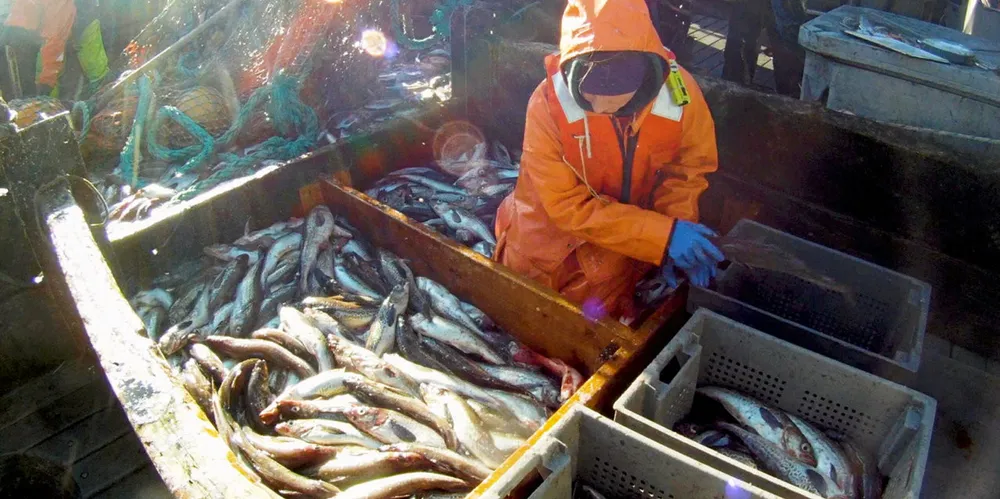Alaska pollock quota could see big reduction next year, further bad news for an already tight supply
With Russia's 2022 pollock quota already set lower, a decline on the American side sets up a tight market for one of the world's most important whitefish.
